Filter by
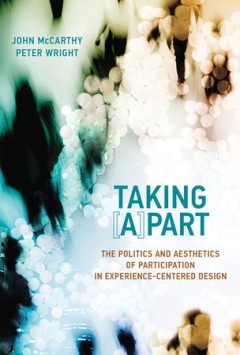
Taking [a]part: The politics and aesthetics of participation in experience-ce…
Title appears as: Taking [a]part.In Taking [A]part, John McCarthy and Peter Wright consider a series of boundary-pushing research projects in human-computer interaction (HCI) in which the design of digital technology is used to inquire into participative experience. McCarthy and Wright view all of these projects -- which range from the public and performative to the private and interpersonal --…
- Edition
- -
- ISBN/ISSN
- 9780262328098
- Collation
- 1 online resource (xx, 181 pages).
- Series Title
- -
- Call Number
- -

In the bubble : Designing in a complex world
"We're filling up the world with technology and devices, but we've lost sight of an important question: What is this stuff for? What value does it add to our lives? So asks author John Thackara in his new book, In the Bubble: Designing in a Complex World." "In the Bubble is about a world based less on stuff and more on people. Thackara describes a transformation that is taking place now - not i…
- Edition
- -
- ISBN/ISSN
- 0262201577
- Collation
- 1 online resource (ix, 321 pages) : illustrations
- Series Title
- -
- Call Number
- 600 THA b

The configuration space method for kinematic design of mechanisms / Kinematic…
A novel algorithmic approach to mechanism design based on a geometric representation of kinematic function called configuration space partitions.;"This book presents the configuration space method for computer-aided design of mechanisms with changing part contacts. Configuration space is a complete and compact geometric representation of part motions and part interactions that supports the core…
- Edition
- -
- ISBN/ISSN
- -
- Collation
- 1 online resource (xiv, 195 pages) :
- Series Title
- -
- Call Number
- -
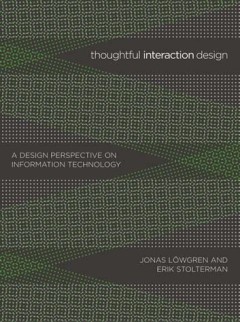
Thoughtful Interaction Design: A Design Perspective on Information Technology
How to think about the shaping and composing of information technology from a design perspective: the aesthetics and ethics of interaction design.OCLC-licensed vendor bibliographic record.
- Edition
- -
- ISBN/ISSN
- 9780262256575
- Collation
- 1 online resource (xiii, 198 pages) :illustrations
- Series Title
- -
- Call Number
- -
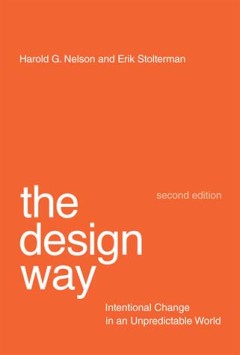
The design way :intentional change in an unpredictable world
"Humans did not discover fire--they designed it. Design is not defined by software programs, blueprints, or font choice. When we create new things--technologies, organizations, processes, systems, environments, ways of thinking--we engage in design. With this expansive view of design as their premise, in The Design Way, Harold Nelson and Erik Stolterman make the case for design as its own cultu…
- Edition
- Second edition.
- ISBN/ISSN
- 9780262305655
- Collation
- 1 online resource (xiv, 282 pages) :illustrations
- Series Title
- -
- Call Number
- -
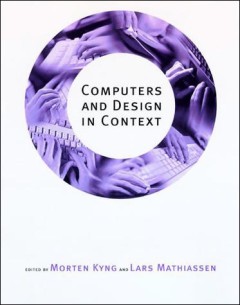
Computers and Design in Context
The contributors to this book address both the pragmatic approach of direct collaboration between designers and users (known as participatory design) and the more conceptual approach that incorporates complementary perspectives to help designers come up with better solutions. The volume brings together different computer-related research disciplines, including computer-supported cooperative wor…
- Edition
- -
- ISBN/ISSN
- 9780262277815
- Collation
- 1 online resource (xvii, 418 pages) :illustrations
- Series Title
- -
- Call Number
- -
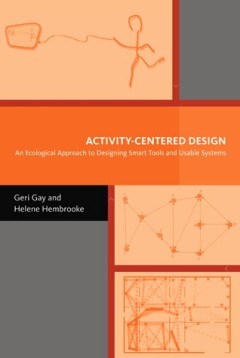
Activity-centered design :an ecological approach to designing smart tools and…
The shift in the practice of human-computer interaction (HCI) Design from user-centered to context-based design marks a significant change in focus. With context-based design, designers start not with a preconceived idea of what users should do, but with an understanding of what users actually do. Context-based design focuses on the situation in which the technology will be used -- the activiti…
- Edition
- -
- ISBN/ISSN
- 9780262256223
- Collation
- 1 online resource (xxi, 111 pages) :illustrations.
- Series Title
- -
- Call Number
- -

Cornucopia Limited: Design and Dissent on the Internet
Title from title screen."The network economy presents itself in the transactions of electronic commerce, finance, business, and communications. The network economy is also a social condition of discontinuity, indefinite limits, and in-between spaces. In Cornucopia Limited, Richard Coyne uses the liminality of design - its uneasy position between creativity and commerce - to explore the network …
- Edition
- -
- ISBN/ISSN
- 9780262255950
- Collation
- 1 online resource (x, 284 pages)
- Series Title
- -
- Call Number
- -
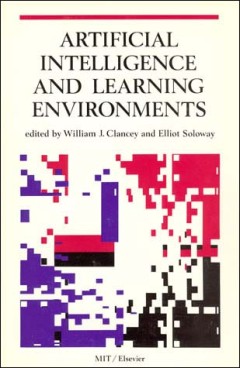
Artificial intelligence and learning environments
"A Bradford book.""Reprinted from Artificial intelligence: an international journal, volume 42, number 1, 1990"--Title page verso.New perspectives and techniques are shaping the field of computer-aided instruction. These essays explore cognitively oriented empirical trials that use AI programming as a modeling methodology and that can provide valuable insight into a variety of learning problems…
- Edition
- 1st MIT Press ed.
- ISBN/ISSN
- 9780262288514
- Collation
- 1 online resource (162 pages) :illustrations.
- Series Title
- -
- Call Number
- -
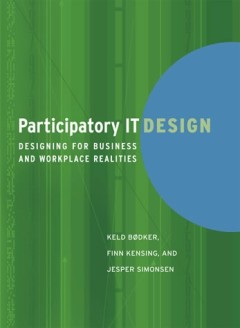
Participatory IT design :designing for business and workplace realities
Title from title screen.Title from book cover on Web Page (viewed Sept. 8, 2005)."The goal of participatory IT design is to set sensible, general, and workable guidelines for the introduction of new information technology systems into an organization. Reflecting the latest systems-development research, this book encourages a business-oriented and socially sensitive approach that takes into cons…
- Edition
- -
- ISBN/ISSN
- 9780262268875
- Collation
- 1 online resource
- Series Title
- -
- Call Number
- -
 Computer Science, Information & General Works
Computer Science, Information & General Works  Philosophy & Psychology
Philosophy & Psychology  Religion
Religion  Social Sciences
Social Sciences  Language
Language  Pure Science
Pure Science  Applied Sciences
Applied Sciences  Art & Recreation
Art & Recreation  Literature
Literature  History & Geography
History & Geography